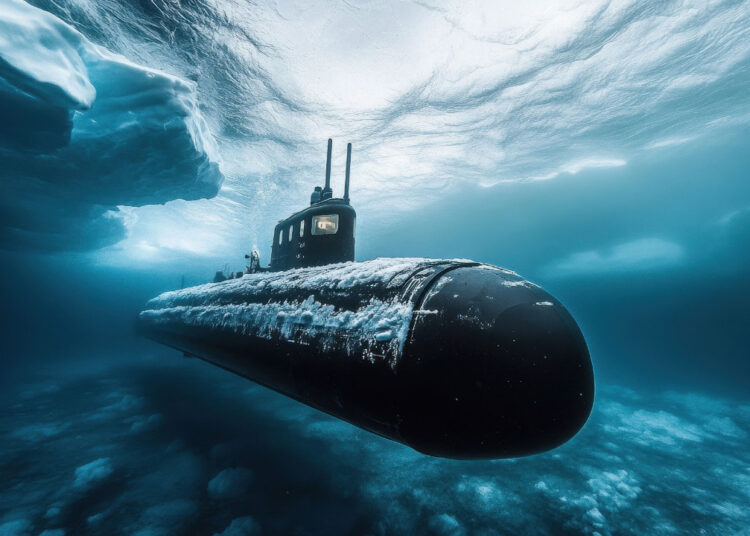The North Pole has recently attracted the attention not only of scientists but also of global powers. Amid increasing competition in this region, China took a bold step by becoming one of the first countries to land a crewed submarine beneath the ice sheet. This dive was recorded as one of the country’s most daring and talked-about moves in deep-sea exploration.
Last week, a fleet of four Chinese scientific ships completed their extensive mission in the Arctic Ocean and returned to Shanghai. The focus of this operation, described as China’s largest polar discovery to date, was the dive carried out by the submarine Jiaolong under icy waters. The fact that Jiaolong equipped with gear descended beneath the ice sheet is regarded as a success achieved by only a few countries to date.
Survival and navigation challenges beneath the ice are considered some of the most technologically complex civilian and military maritime missions, especially when traversing the depths of the Arctic. The thick ice layer makes communication and navigation nearly impossible. Satellite connections cannot reach beneath the ice; direct contacts from the surface become more difficult. Extreme cold presents serious risks to engine systems and mechanical equipment. Navigating under the ice sheet requires not only engineering skills but also high-level calculations and coordination, as there is always a risk of collision with floating ice chunks. Therefore, crewed missions require an extremely delicate technical and physical approach.
One of the less common achievements is diving beneath the Arctic ice, a practice that dates back to the Cold War period. The traversal of the USS Nautilus under the North Pole in 1958 marked a turning point of that era. Subsequently, the Soviet Union achieved a similar feat in 1962 with the submarine Leninski Komsomolets. In 1971, the UK joined this competition with HMS Dreadnought. Now, China has also entered this list, demonstrating its technological capabilities to the world. The crewed Jiaolong dive highlights Beijing’s advanced progress in the maritime field.
A new era of Arctic competition began with Russia, which in 2007 marked its presence on the region’s seabed using the mini submarines Mir-1 and Mir-2, intensifying the geopolitical contest. China’s growing interest also plays a significant role amid these dynamics. The retreat of glaciers is making the Arctic more strategic not only in terms of energy and mineral resources but also for trade routes. This situation fuels competition among actors like the US, Russia, and China, who aim to establish a more active presence in the region. In 2015, Beijing called the Arctic a “new strategic frontier” and declared itself a “near-Arctic state.” While China does not have a direct border with the region, this statement reflects its desire to influence Arctic policy. Alongside this political stance, relevant studies are accelerating: scientific research on the Arctic has increased rapidly over the past twenty years, and China’s global scientific visibility is rising. Although the recent mission is regarded as a scientific discovery, it also shows that China’s interest in the Arctic is not solely scientific; geopolitical and economic factors set the stage for a more prominent presence in the region.









